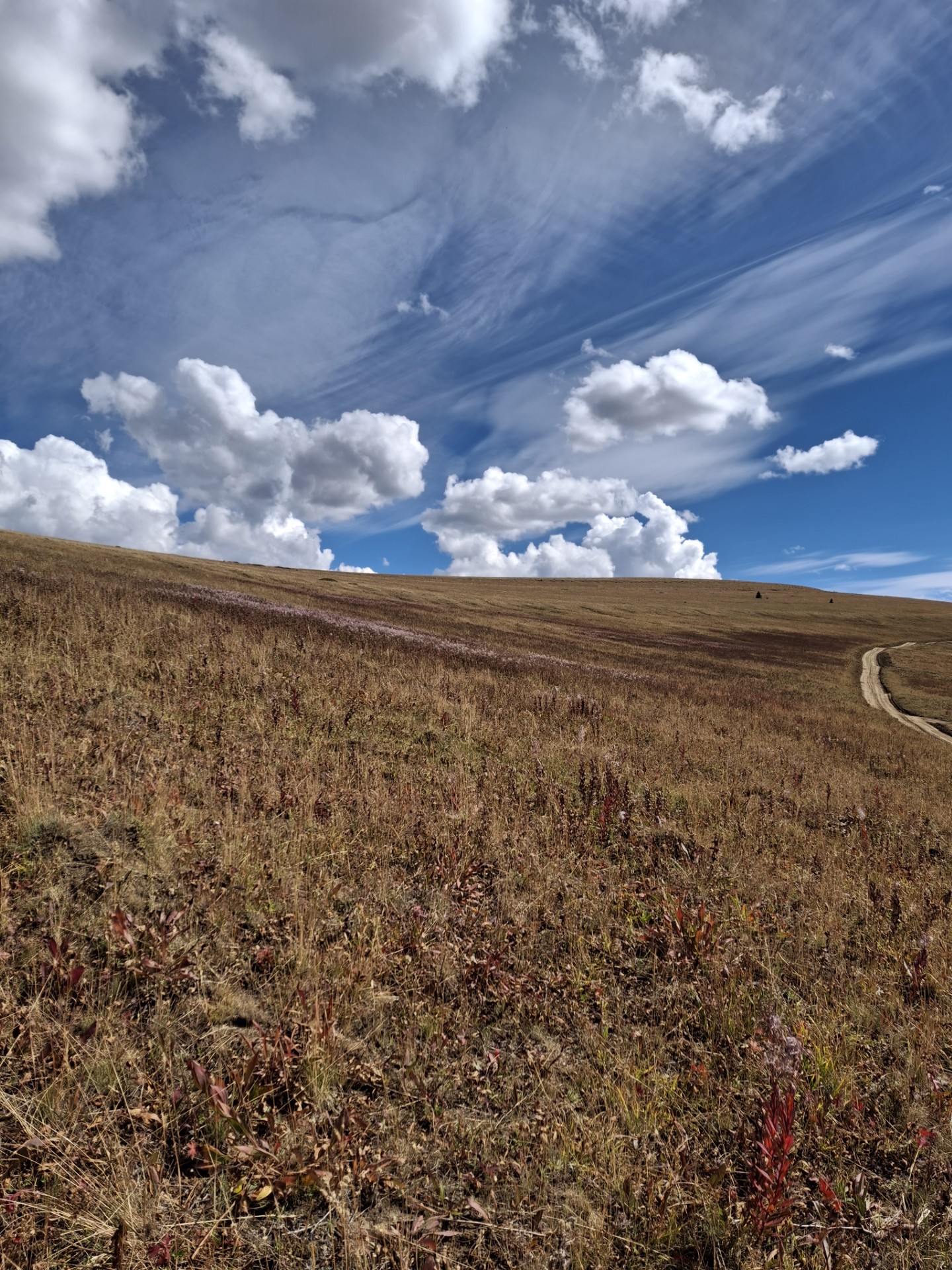

Anyone who is interested in conservation knows how disheartening this work can be sometimes. Climate nihilism, especially, seems to be all over the place these days; we seem to have set a point of no return, a point where there’s nothing to be done, and it’s coming closer than ever (1). Because of this, too many people have turned their backs on even trying to change their behaviors at all; if it’s big policy changes and corporation choices that will make the real difference, why should I do anything?
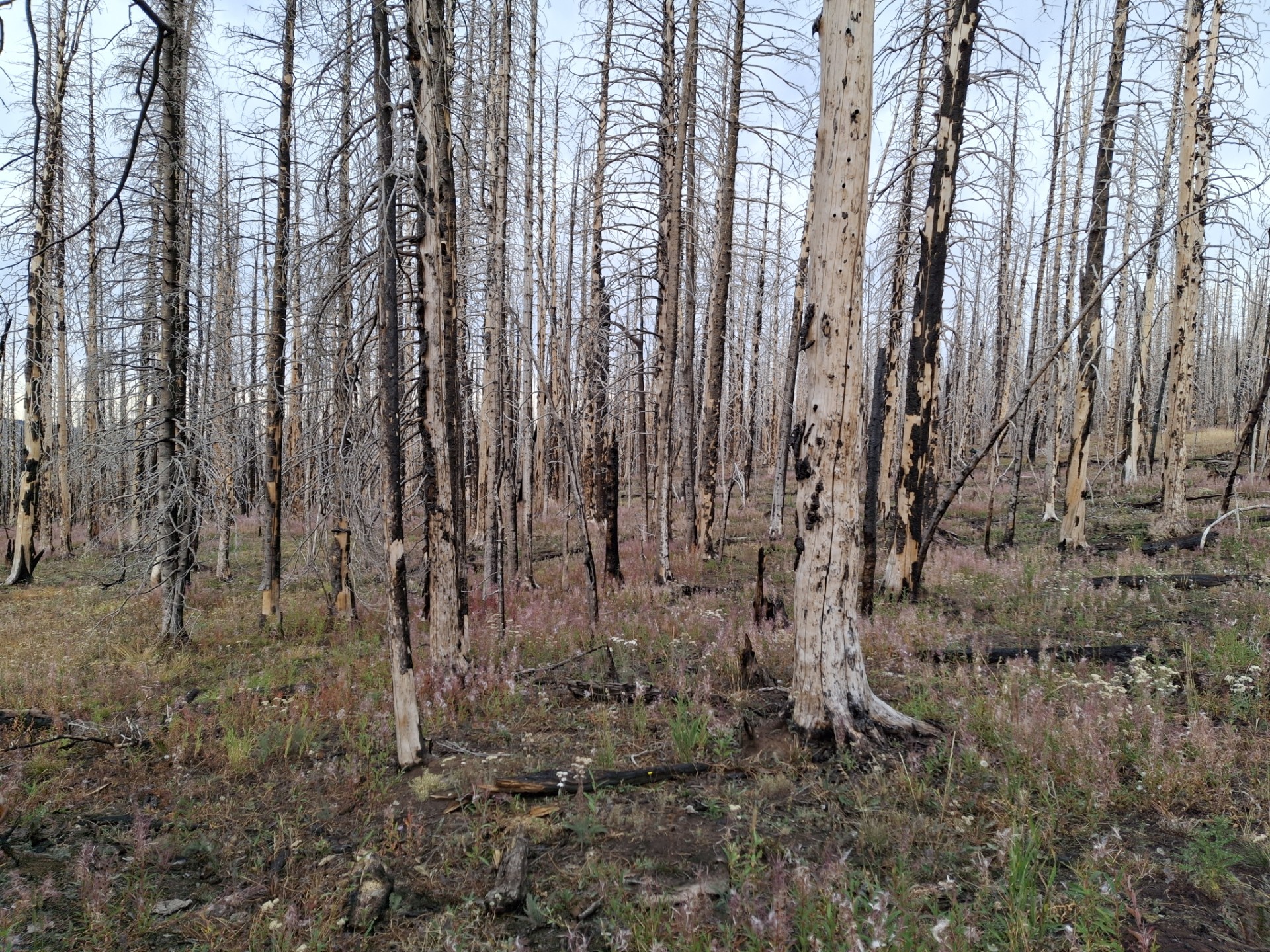
Conservation efforts can also often feel aimless, another obstacle to personal motivation for change (and the reasoning for my mythology reference in the title). Science is fluid; new things are always being discovered, and the policy and politics surrounding it are changing endlessly as well. This reality can be especially troubling for the burgeoning scientist, for those still trying to learn even the basics. Close to the end of my college experience, I took a stream and wetland ecology class and came to truly understand how beautiful and crucial these environments are for our earth. Unfortunately, while I was taking that class, the legal definition of what a wetland is (distinctly different from any scientific ones) became more restricted, leaving countless wetlands that did not fit the new criteria more vulnerable to destruction. For example, ephemeral wetlands, which, due to their characteristic fluctuations between healthy wetlands and bone-dry soil mean they are no longer protected. So now, any of the species that rely on them for survival will suffer (2). This change in policy definition is holding a spreading impact, as many do.
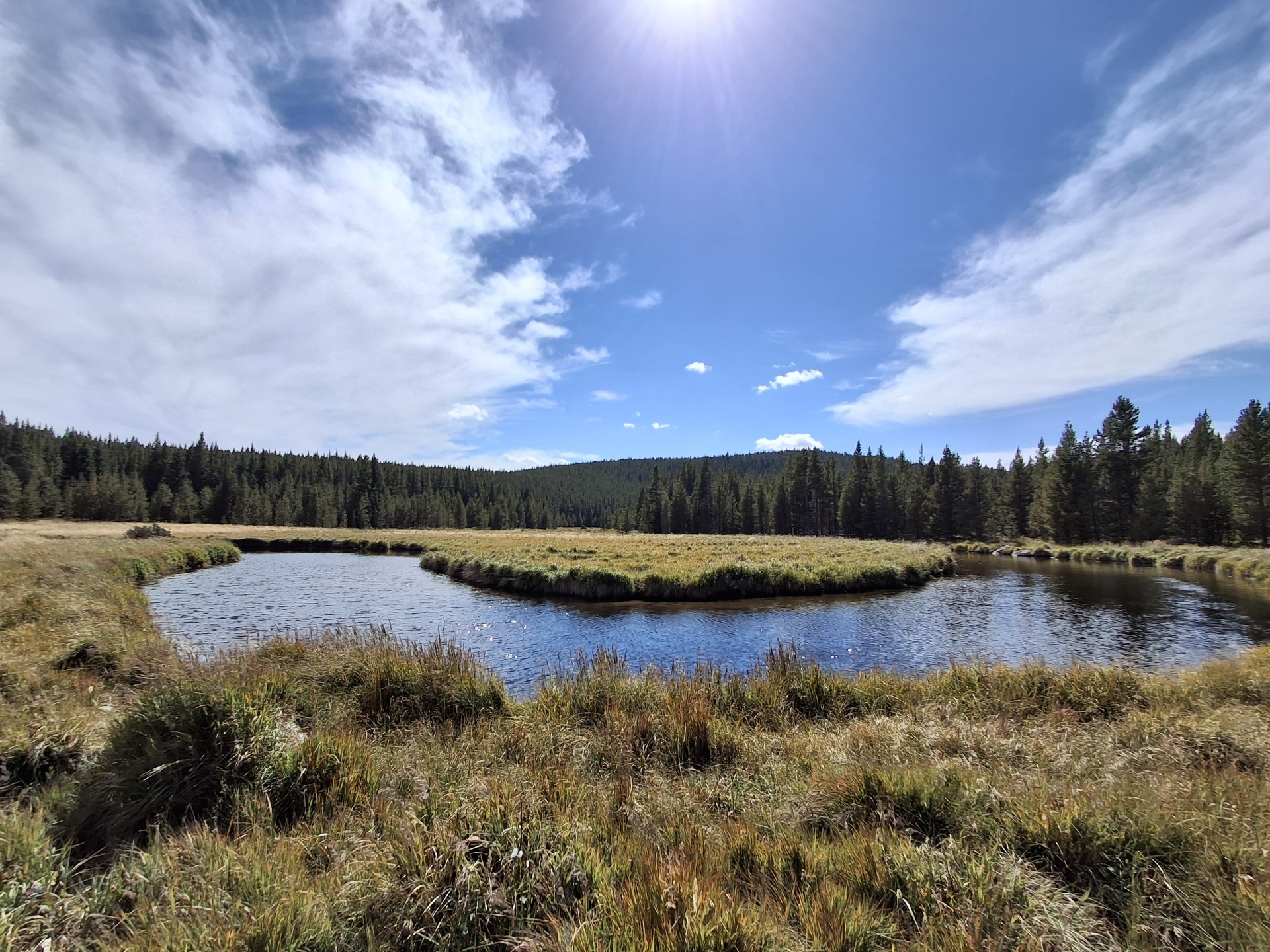
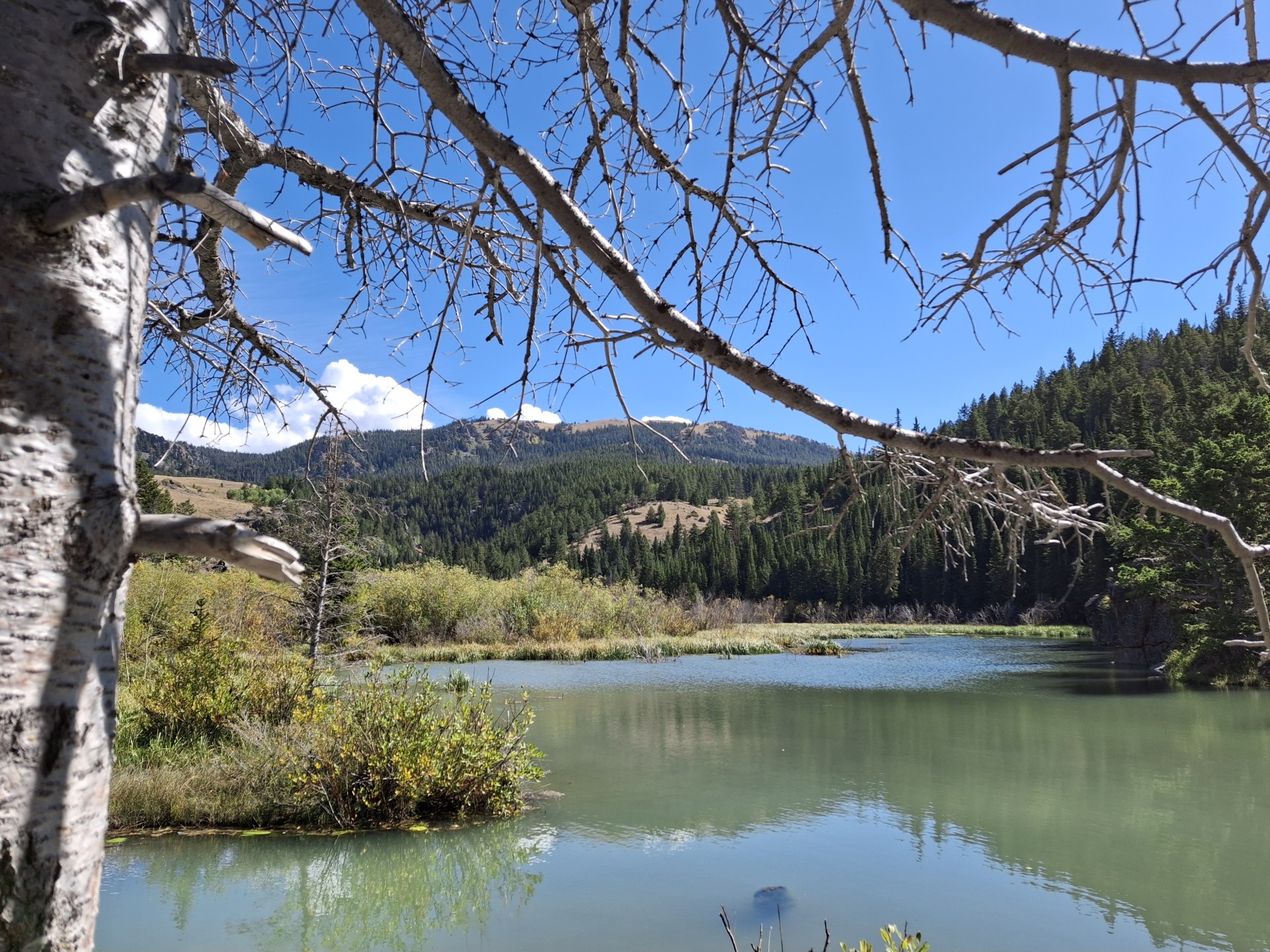
As a result, the people seeing these impacts – those working on the ground – are tasked with figuring out where to go next, how to find purpose and guidance in an everchanging landscape. It feels like trying to solve a problem in a circumstance too similar to another Greek reference to be comfortable – you’ve heard of Sisyphus? It’s impossible to not feel some of the relentless pressure and futility, to question if what you’re doing is even worth it.
But here’s the thing, there are so many people trying. In fact, I would hope that I could call myself one of those people. As of writing this, I have spent all but one working day of September collecting seed to be used for revegetation and other conservation efforts, and my preceding summer has had a similar purpose. Outside of myself, when I got to my assignment at the Bighorn National Forest, it was amazing to see how many people there were committed to maintaining and conserving just this one forest. Step back even further, and you would see that commitment from countless people extended to other national forests and public lands as well.

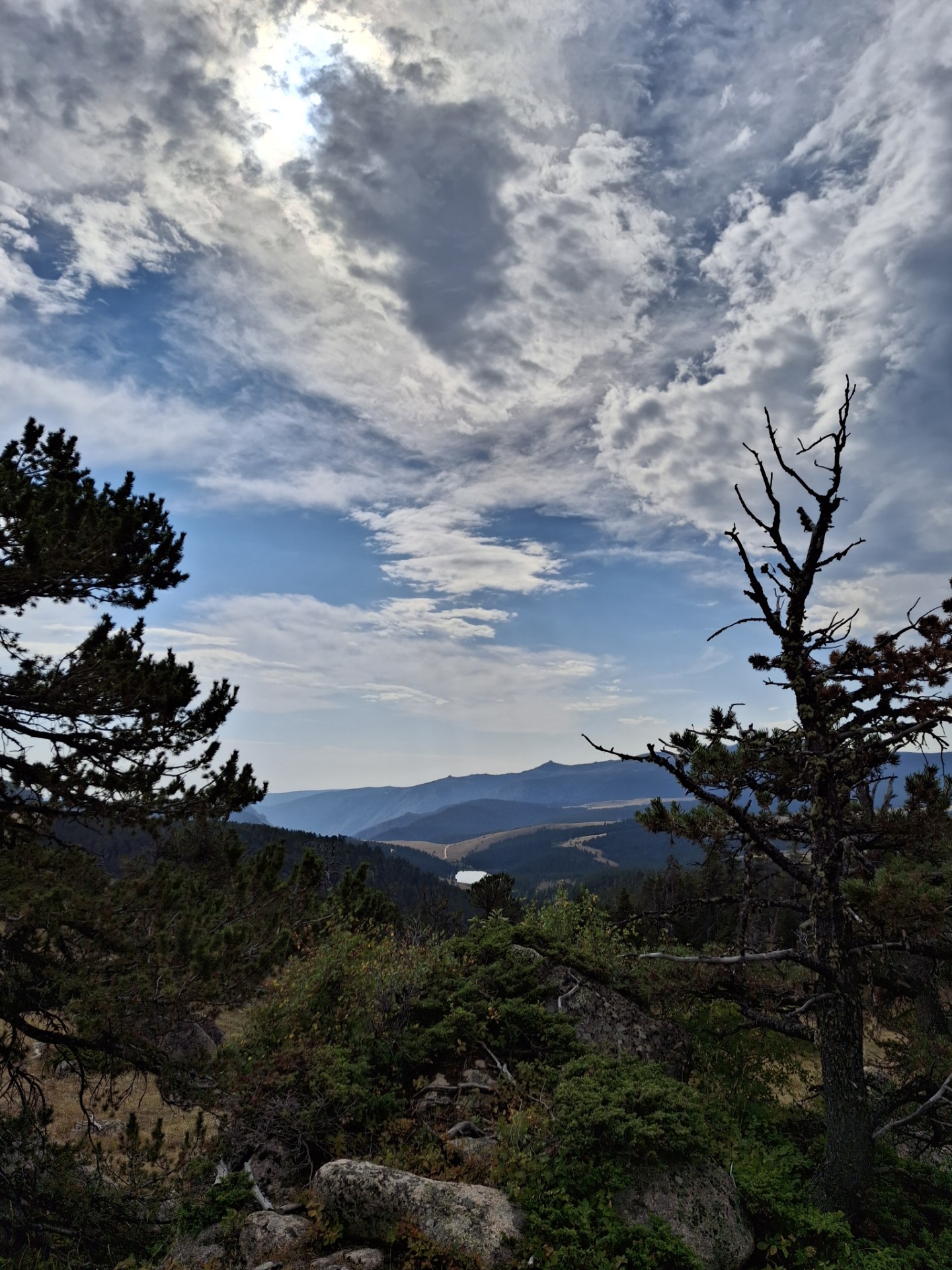
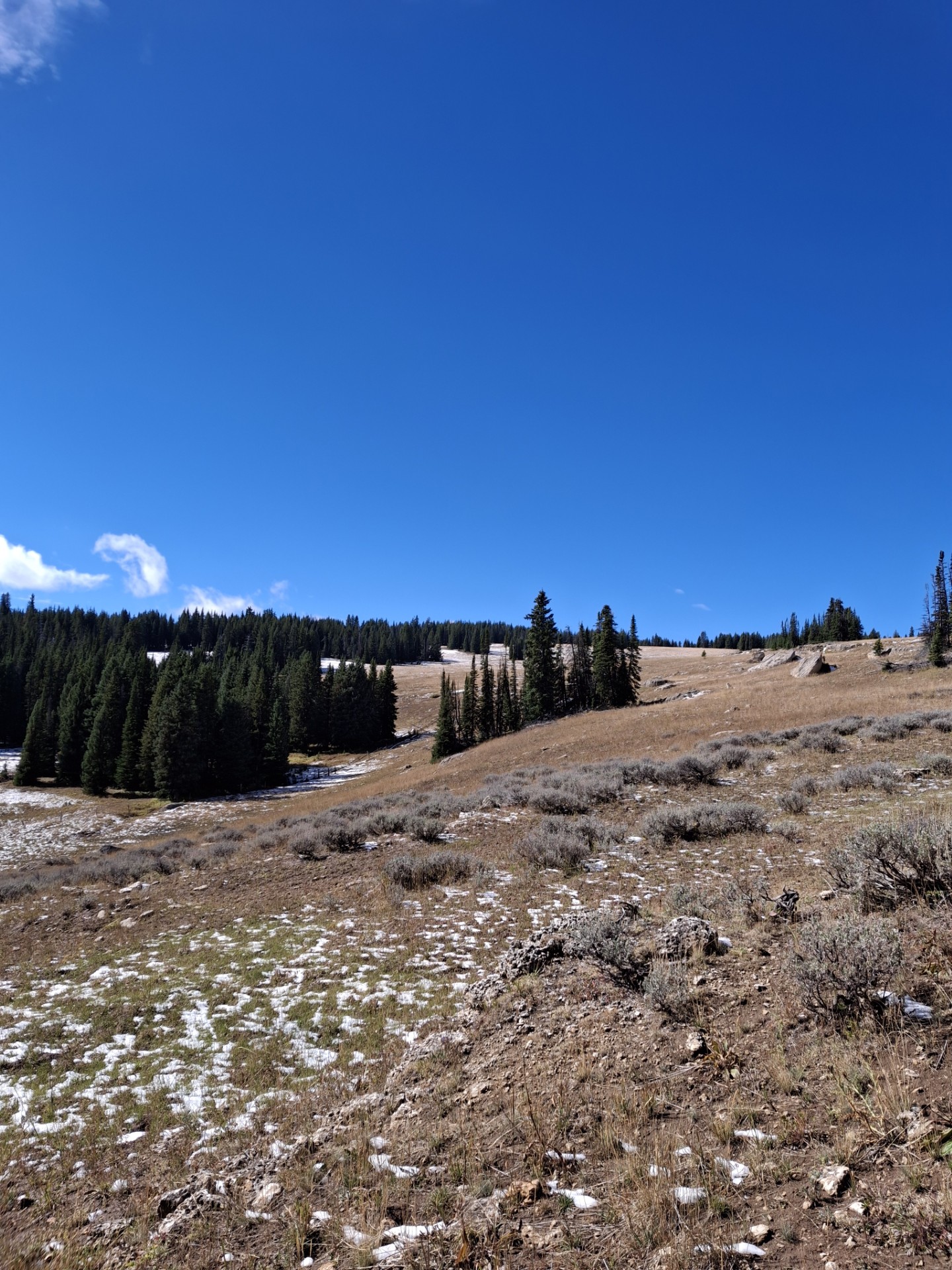
Even people not devoting their entire lives to conservation are finding commitment in other ways. I have loved getting to interact with people on the forest who are wondering what we are doing – and who wouldn’t; I’m sure we paint an interesting picture with our paper bags, working in the middle of a random field. I have gotten to hear personal anecdotes about the plants on the mountain and have been shown plant photos with the hopes I can give an ID. Outside of a work context, I have also seen successful social media pages, those that teach others about the planet and plants (check out Let’s Botanize, The Black Forager, or The Native Habitat Project), that promote climate optimism (like The Garbage Queen), and that encourage people to petition their government to protect the natural world (see Alex Haurus and the approximately 6 million people he got to sign a petition against a pipeline set to drill in an Alaskan wildlife refuge). These are both managed and supported by countless people committed to at least knowing a little bit more about our earth and how to protect it.
Contrary to popular belief, our actions can make a difference. Whether that’s collecting seed all day every day, petitioning for policy change, or decreasing single use plastic waste, individual efforts are powerful (3-5). Even something as simple as getting outside more often can influence us more than we know (6). Small efforts add up.


So, find what ways you can to connect back with the earth and help it out just a little bit more. Conservation does not have to be an aimless wander or an unapproachable goal – we’re not actually walking the Asphodel Fields. But let’s have a different aim than Sisyphus. Let’s NOT reach the top of the hill, not because the stone rolls back down as soon as we get close to our goal, but because we are pushing together, and because we see how much higher we can go and how things can be better than we’ve imagined.
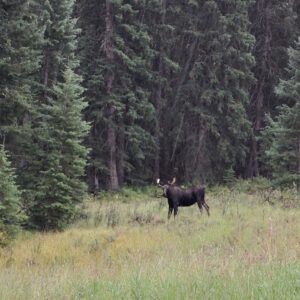
Sources – to find more information:
- UN climate report: It’s ‘now or never’ to limit global warming to 1.5 degrees | UN News
- The EPA removes federal protections for most of the country’s wetlands : NPR
- Environmental education outcomes for conservation: A systematic review – ScienceDirect; https://doi.org/10.1016/j.biocon.2019.108224
- Are Global Conservation Efforts Successful? | Science; https://doi.org/10.1126/science.1131302
- How can people save the planet? | Nature Sustainability; https://doi.org/10.1038/s41893-019-0273-7
- Psychological and physical connections with nature improve both human well-being and nature conservation: A systematic review of meta-analyses – ScienceDirect; https://doi.org/10.1016/j.biocon.2022.109842
